Staying powered up on the road is less about luxury and more about peace of mind. From charging your phone and running the fridge to powering lights, fans, and the occasional laptop session — getting your power setup right means fewer worries and more freedom.Here’s what we’ve learned about staying safe while embracing the solo vanlife
🔋 Our Setup
We’ve invested in a solid off-grid system to give us maximum flexibility and reduce reliance on campsites.
We also carry a 2000W portable power bank and charger, which charges while we drive and serves as a backup. We’ve used it not just for charging phones and laptops, but occasionally to top up the van batteries if needed — a really handy safety net when sunshine is scarce.
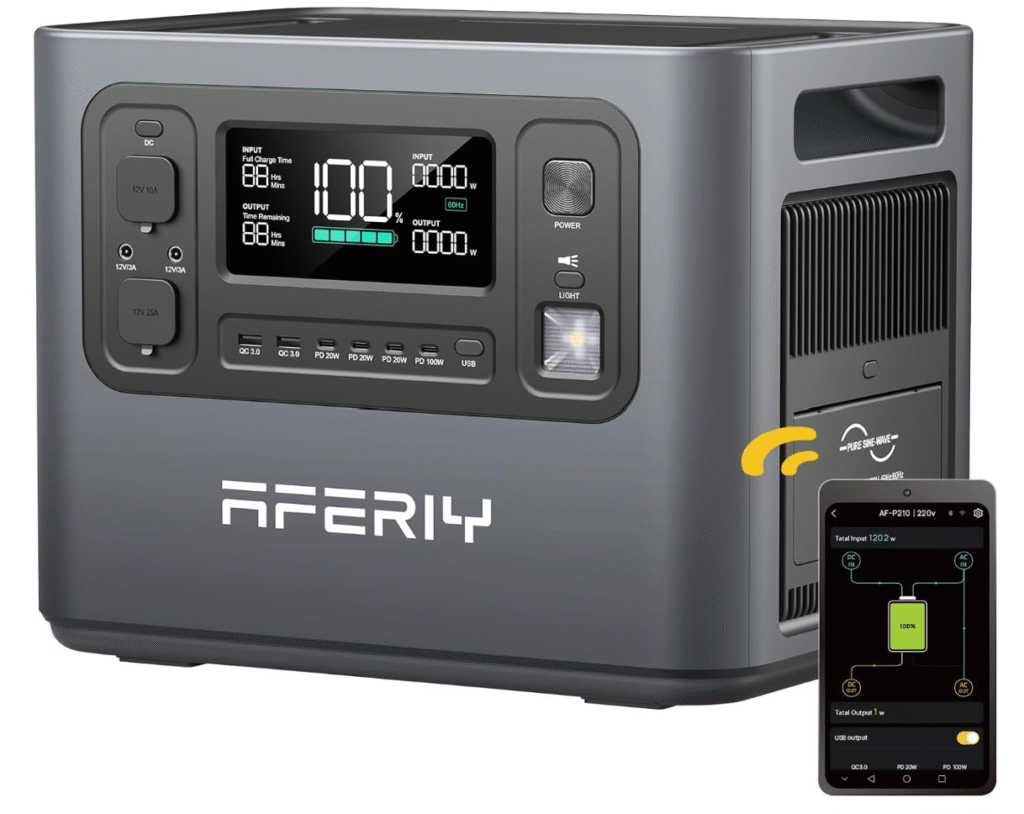
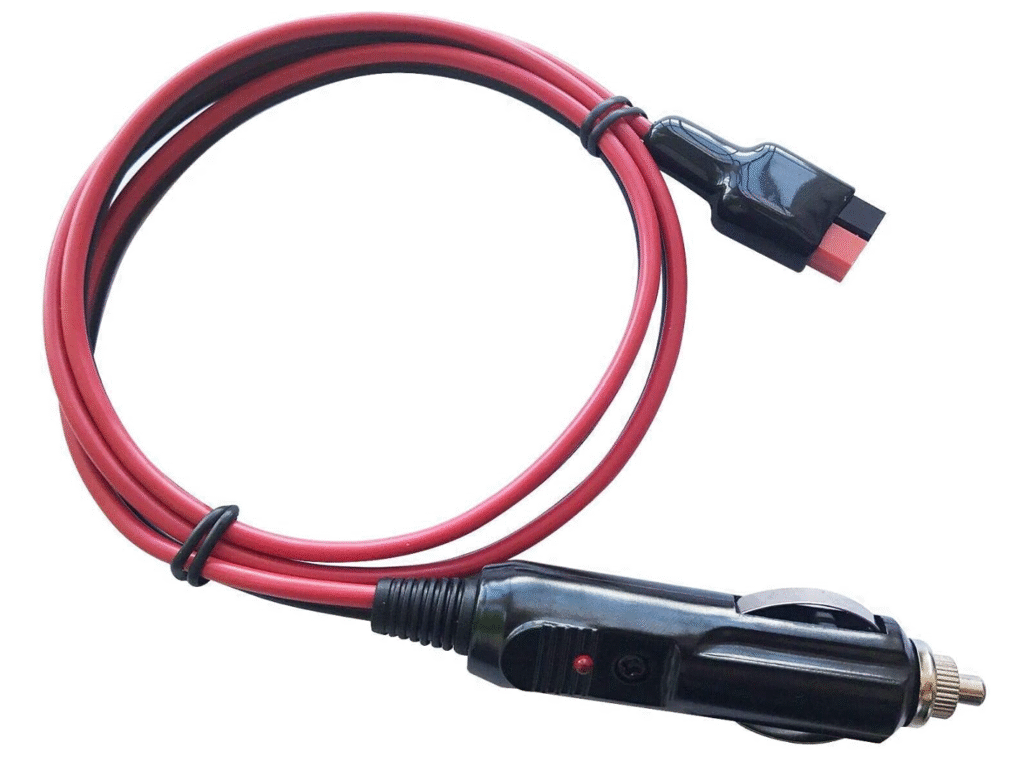
⚠️ Energy Awareness: Little Habits That Go a Long Way
Even with a good setup, the biggest difference is made by how you use your power.
It’s not about doing without — it’s about being aware. You start to appreciate the small things, like a full battery bank or an extra hour of sun.
🔄 Battery Types: What Powers What
There’s no one-size-fits-all. It really comes down to how you travel and how self-sufficient you want to be:
We started with AGM, but upgraded to lithium once we committed to spending months at a time in vanlife. The difference in performance and peace of mind was instant.
At the end of the day, the setup you go for depends entirely on how you plan to travel — whether you’ll mostly be plugged in at campsites, or living as independently as possible and using sites only when you really need to. For us, the off-grid freedom was worth every bit of the investment.
🚿 Water Management: Stretched, Stored, and Safe
When you live in a van, water becomes something you think about every day. Unlike in a house, you can’t just turn on a tap and expect it to flow forever — you’ve got to carry it, conserve it, clean it, and know when to go find more. It’s part of the rhythm of vanlife, and with a few good habits, it becomes second nature.
💧 How We Store and Use Water
Our van has both a fresh water tank and a grey water tank (for wastewater from the sink and shower). We top up the fresh tank at campsites, fuel stations, Aires, and anywhere else that offers potable water — and we always carry a few backup containers or a watering can for tricky fill-up situations.
We also carry a 30m food-grade hose with a selection of adapters — at least six — because no two taps seem to be alike! In Europe especially, you’ll find many public service points, but the fittings vary and not all hoses are clean (we’ve seen some lying in puddles, or worse — near the toilet cassette stations). When in doubt, we use our own gear and give everything a quick clean.
To reduce weight and avoid stagnant water, we often partially fill the tank rather than topping it all the way up unless we’re heading somewhere remote. You’d be surprised how much difference it makes in fuel consumption and water freshness.
💦 Smart Water Conservation
When stopping overnight:
Living with limited water teaches you how much you used to waste. Here’s how we keep our usage in check:
Even small adjustments make a huge difference. Once you’re in the rhythm, it becomes second nature.
🧼 Cleaning the Tanks (and Why You Should)
Your water system needs a little love now and then — not just the drinking kind.
In winter, drain the whole system to avoid freezing and cracking. Leave taps open and be mindful of condensation buildup — ventilation is key.
Rinse and refill regularly — ideally every 1–3 days.
Deep clean the tank at least twice a year, especially after storage or a heatwave. We use Puriclean.
Run cleaner through the whole system, let it sit, then flush.
Don’t forget the grit filter — check and clean it to avoid pump issues.
After each trip, empty the tank — stagnant water is never your friend.
Flush the pipes periodically, and always use your own food-grade hose when possible.
🧪 Is It Safe to Drink?
We tend to drink bottled or filtered water, even when filling from potable sources — just for peace of mind. That said:
When filling, always check the hose provided — if it’s also used for cleaning toilet cassettes, we skip it. And if we’re unsure, we’ll wipe down the nozzle or use our own hose instead.
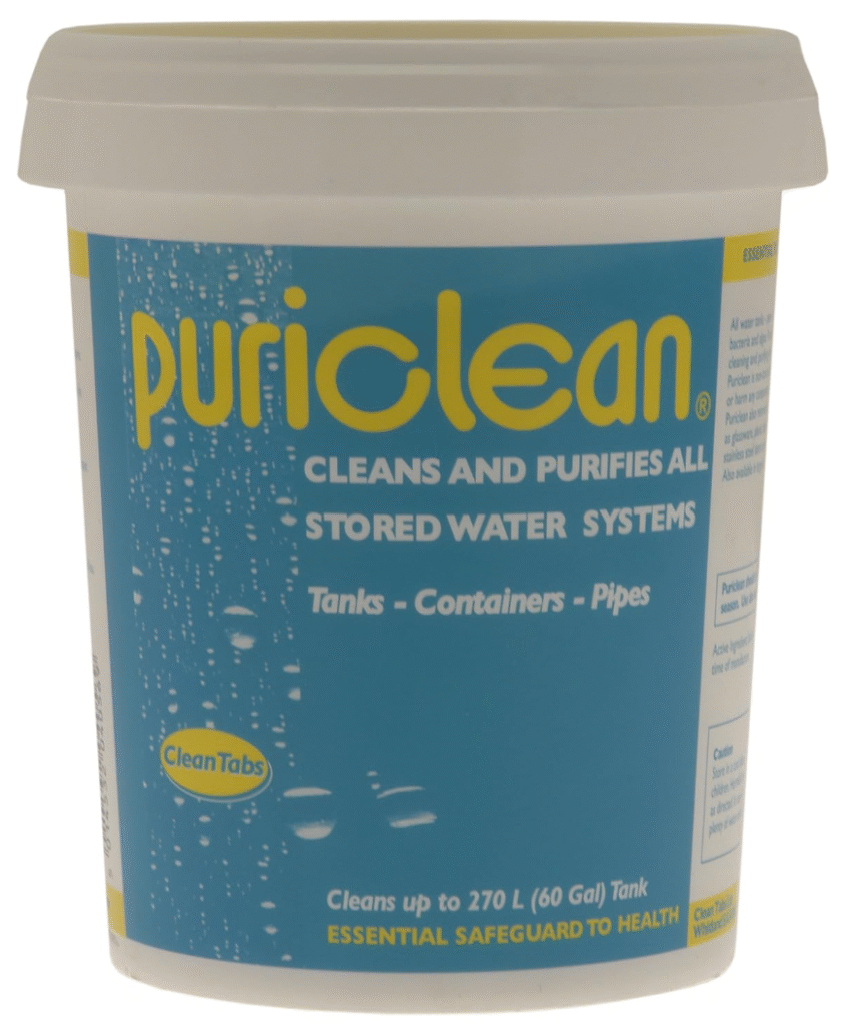
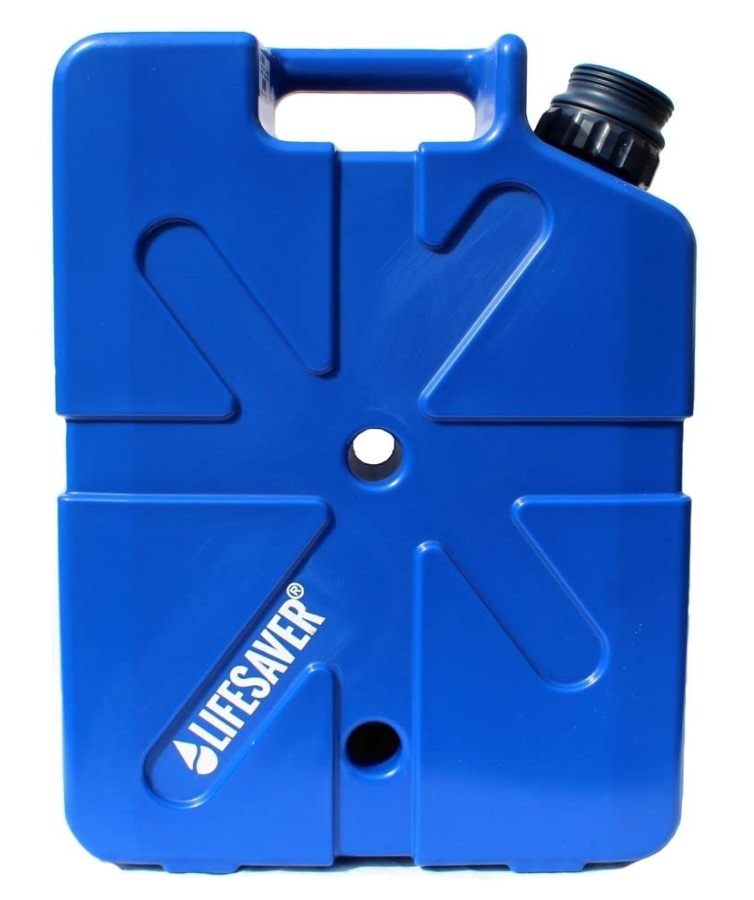
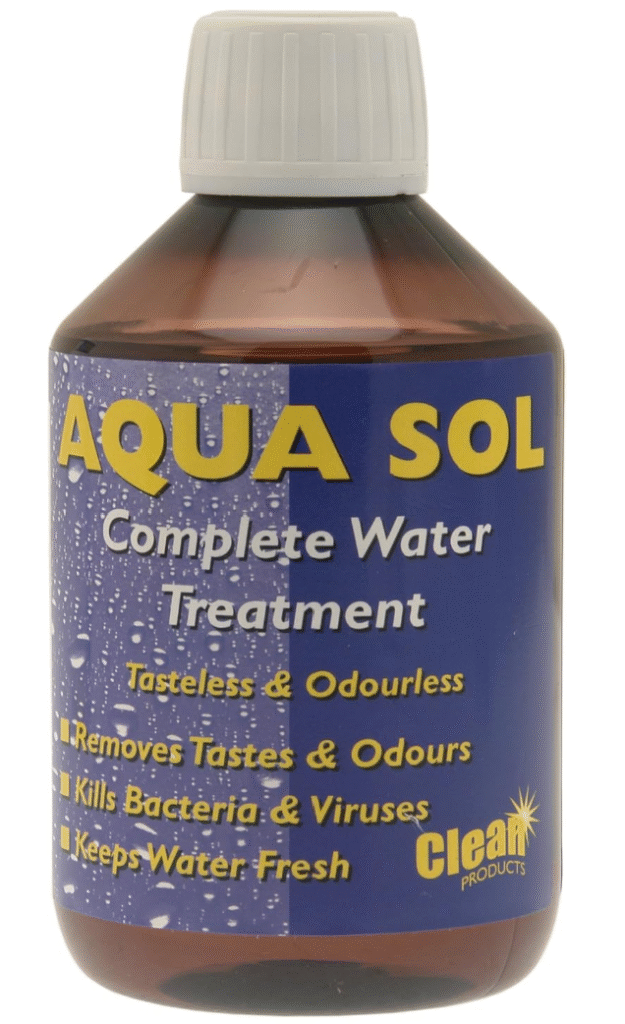
📊 Monitoring and Planning
We use the van’s control panel to monitor tank levels, but you can also install add-ons if needed.
Plan ahead — we often note our next fill-up point in advance, especially when wild camping or heading into remote areas.
If you’re lucky enough to have a serviced pitch, filling up is easy — but still worth carrying a long hose for those awkward reaches.
Water isn’t just a utility in vanlife — it’s a resource you become deeply aware of. Managing it well brings freedom, and a strange sort of satisfaction. Once you’ve nailed your routine, you’ll wonder how you ever lived without thinking about taps, tanks, and trickle showers.
🧼 Waste Management: Keeping It Clean, Quietly
It’s not the most glamorous part of vanlife — but managing waste properly is one of the most important. Done well, it keeps your van fresh, your mind clear, and your neighbours (human or otherwise) happy. Whether it’s grey water from the sink or black waste from the toilet, here’s how we handle it on the road.
💦 Grey Water (Sinks & Showers)
Grey water is the waste from washing up, brushing teeth, and showers — and while it’s not as unpleasant as toilet waste, it still needs managing with care.
Here’s how we manage it:
Our top grey water tips:
🚽 Black Waste (Toilet Cassette)
Ah, the toilet. The least glamorous, but the most vital. Managing black waste well is part of becoming a seasoned traveller — and it’s really not as bad as it sounds.
Our routine:
Everyday habits:
Extra notes for smooth sailing:
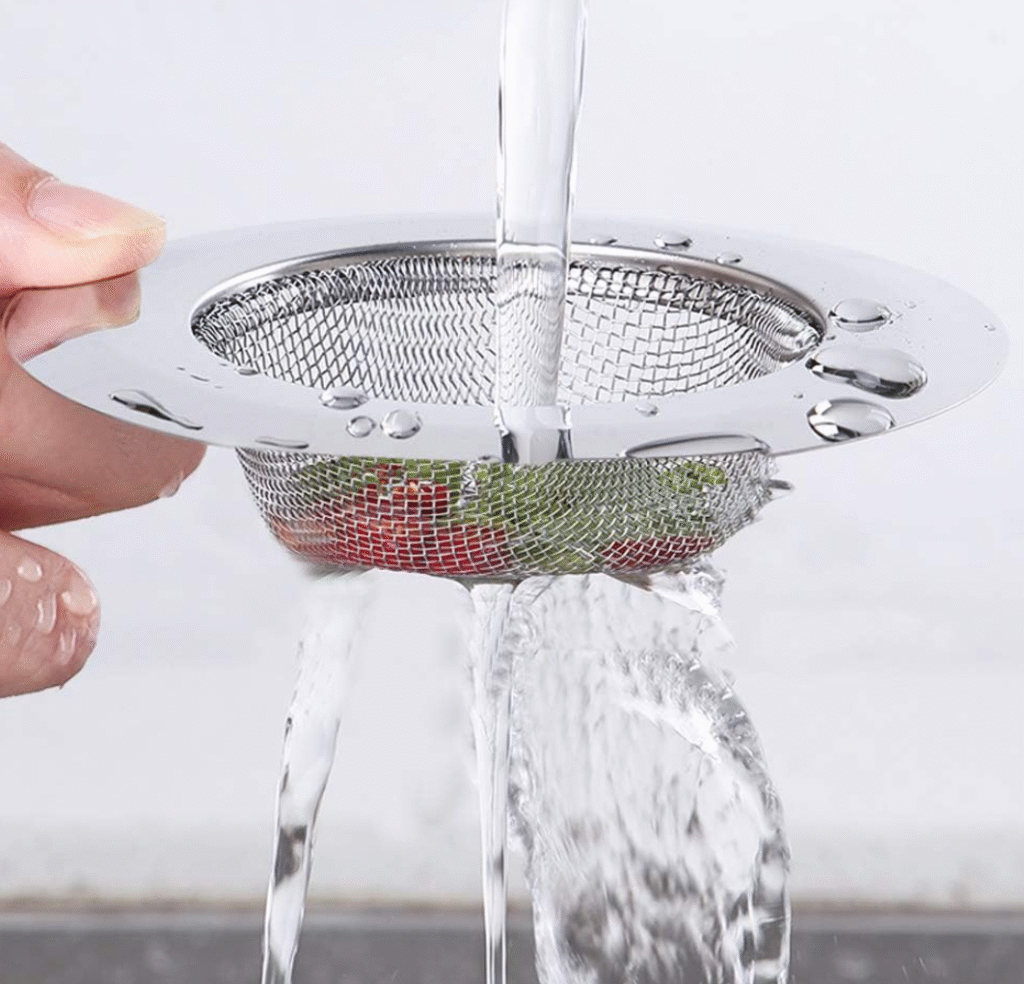
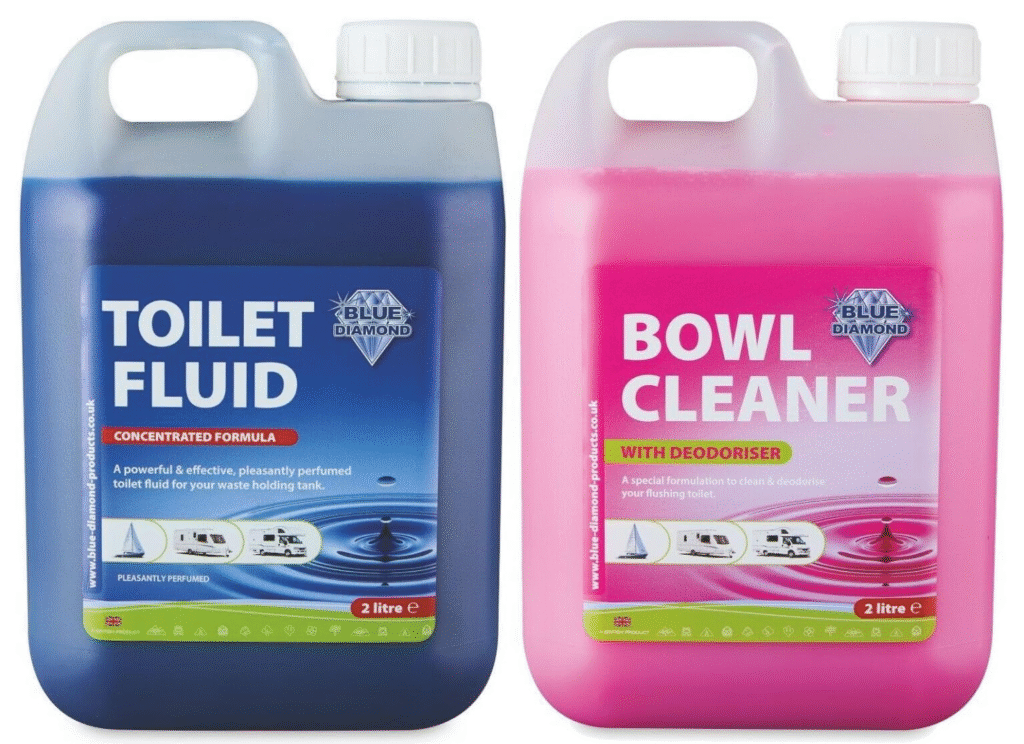
Waste management might not be the most Insta-worthy part of vanlife, but having a good system makes everything else easier. Done right, it’s quick, clean, and surprisingly satisfying — and it means you’re ready for the next wild camp or coastal sunset without worrying what’s sitting in your tanks.
🔗 Small Note on Links
Some of the product links above are affiliate links. That means if you choose to click through and make a purchase, we may earn a small commission — at no extra cost to you. It helps support the journey and keep this site (and van!) rolling. Thanks for being here. 🙏
Warmly, Steve & Bow Boe